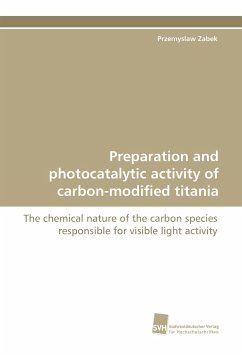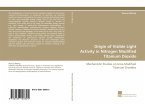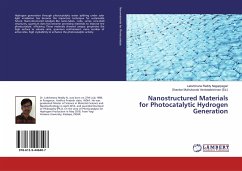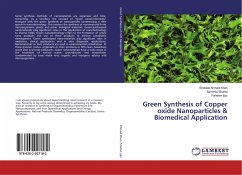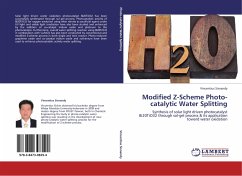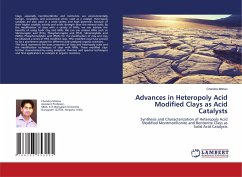In last decades heterogeneous photocatalysis has received great attention due to its wide range of environmental applications like removal of water and air pollutants by using sun light as renewable energy source. The white powder titanium dioxide is commonly used as photocatalyst. Unfortunately this semiconductor due to its large bandgap can absorb only the very small ultraviolet part of solar radiation. To utilize also the much larger visible part, various "carbon-doping" methods have been developed for titanium dioxide. This book discusses and clarifies the basic properties of the previously unknown chemical nature of the carbon species responsible for visible light activity. It further deals with different organic precursors such as organic acids, toluene and polyols. As a renewable organic modifier, easy available wood shavings were also successfully applied. These carbon-modified titania materials induce the complete photo-oxidation of organic pollutants like 4-chlorophenolupon irradiation with visible light.

